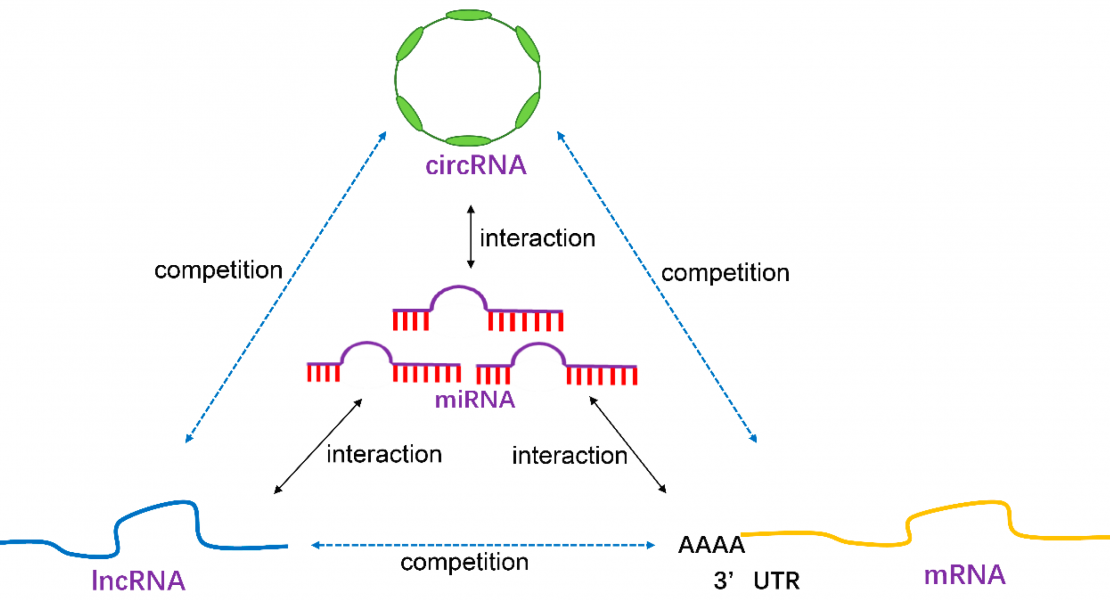The evolution of lncRNA repertoires and expression patterns in tetrapods.

Abstract
Only a very small fraction of long noncoding RNAs (lncRNAs) are well characterized. The evolutionary history of lncRNAs can provide insights into their functionality, but the absence of lncRNA annotations in non-model organisms has precluded comparative analyses. Here we present a large-scale evolutionary study of lncRNA repertoires and expression patterns, in 11 tetrapod species. We identify approximately 11,000 primate-specific lncRNAs and 2,500 highly conserved lncRNAs, including approximately 400 genes that are likely to have originated more than 300 million years ago. We find that lncRNAs, in particular ancient ones, are in general actively regulated and may function predominantly in embryonic development. Most lncRNAs evolve rapidly in terms of sequence and expression levels, but tissue specificities are often conserved. We compared expression patterns of homologous lncRNA and protein-coding families across tetrapods to reconstruct an evolutionarily conserved co-expression network. This network suggests potential functions for lncRNAs in fundamental processes such as spermatogenesis and synaptic transmission, but also in more specific mechanisms such as placenta development through microRNA production.
